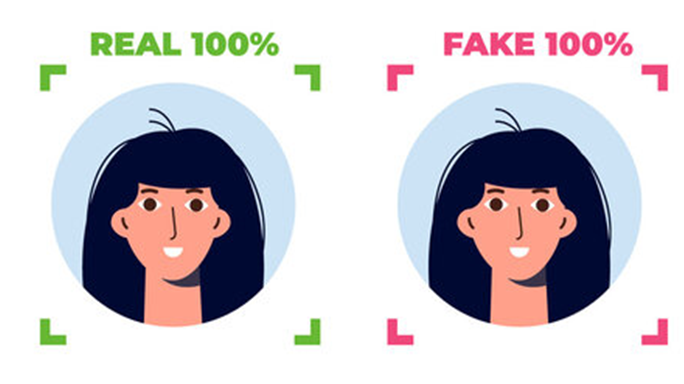


The Digital Mirage
In the digital age, where information is just a click away, the authenticity of content has become paramount. Enter deepfakes, the 21st-century digital chimera that has blurred the lines between reality and fiction. But what exactly are deepfakes, and why should we be concerned?
The Genesis of Deepfakes
Deepfakes are a product of advanced artificial intelligence techniques, specifically deep learning. They enable the creation of hyper-realistic but entirely fake content. Whether it’s Barack Obama using words he never uttered or a celebrity appearing in a movie they never starred in, deepfakes can reshape our perception of reality.
The Underlying Technology: How Deepfakes Are Crafted
Deepfakes leverage a type of artificial intelligence known as deep learning. This involves training an AI model on thousands of images or videos of a particular subject, allowing it to understand and replicate subtle nuances of their facial expressions, voice, and mannerisms.
The Face-Swap Technique
Encoding: Thousands of facial images are processed through an encoder AI, identifying similarities and compressing them into shared features.
Decoding: A decoder AI then reconstructs these compressed images. For a face swap, the encoded image of one face is fed into a decoder trained on another face, resulting in the latter’s face mimicking the expressions of the former.
Generative Adversarial Networks (GANs)
Another method employs GANs, where two AI models – a generator and a discriminator – work in tandem. The generator creates images from random noise while the discriminator evaluates their authenticity. Over time, this iterative process results in the generator producing highly realistic images.
The Proliferation of Deepfakes
While deepfakes began as a niche technology, their prevalence has skyrocketed. A significant portion of deepfakes online is of a pornographic nature, often superimposing the faces of celebrities onto explicit content. However, the technology’s accessibility means that its misuse extends beyond celebrities, posing threats such as revenge porn.
Beyond Videos: The Expanding Realm of Deepfakes
Deepfakes aren’t limited to videos. The technology can:
Generate Photos: Creating entirely fictional yet realistic images.
Mimic Voices: Producing voice clones that can deceive even those familiar with the original voice.
The Challenge of Detection
Detecting deepfakes is a cat-and-mouse game. Initial detection methods identified that deepfake-generated faces didn’t blink naturally. However, as soon as this flaw was publicized, newer deepfakes emerged that rectified it. Current detection efforts focus on inconsistencies in lighting, hair rendering, and other subtle visual cues.
The Societal Impact of Deepfakes
The potential misuse of deepfakes is vast:
Misinformation: Spreading false narratives or fake news.
Financial Fraud: Deceiving individuals into unauthorized transactions.
Eroding Trust: Creating a society where distinguishing between truth and falsehood becomes increasingly challenging.
The Silver Lining: AI as a Solution
Ironically, the very technology that birthed deepfakes might be its antidote. AI-driven detection systems are being developed to identify and flag deepfake content. Additionally, blockchain technology could provide a tamper-proof ledger, ensuring content authenticity.
Deepfakes: Not Always the Villain
While deepfakes pose significant challenges, they also offer benefits. They can restore voices lost to diseases, enhance museum experiences, and even resurrect actors for new cinematic roles.
Wrapping Up: Navigating the Deepfake Landscape
Deepfakes will inevitably become more sophisticated as we advance into the digital age. Awareness, technological countermeasures, and stringent regulations will be our best defense against this emerging threat.